
Greetings Friends,
This monthly newsletter (No. 50) includes, Farewell Shorebirds, Lee Point housing problems, art and planning, quiz, plants and wildlife.
1.0 Farewell Shorebirds
Migratory shorebirds are in Darwin from Aug/Sept to Mar/April (7 months). Each year these birds fly an amazing round trip (~20,000km) to places like Siberia to breed.
BirdLife Top End organised a “Farewell Shorebirds” event at Sunset Park , Nightcliff on Sunday 16 March and provided scopes to help view shorebirds.
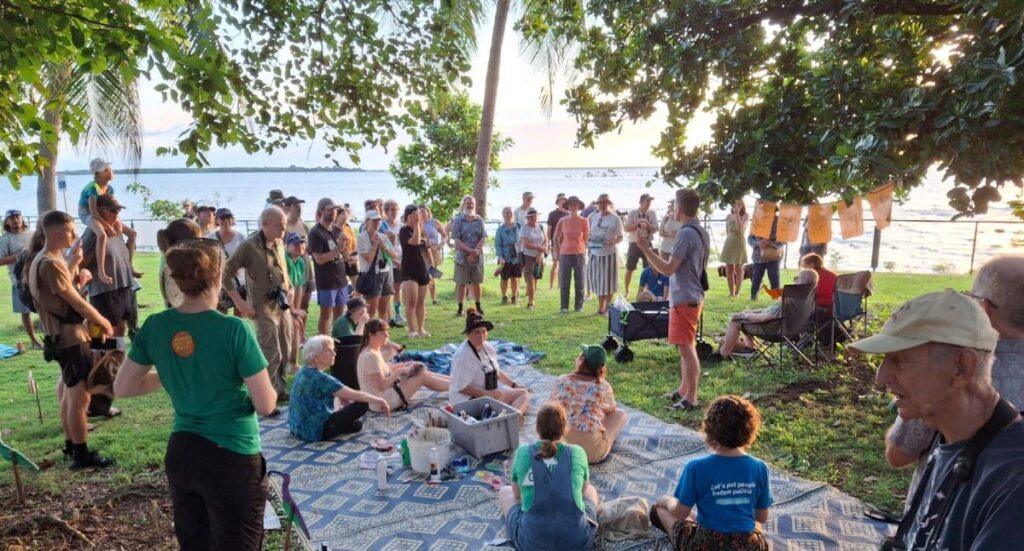
Fig 1. People at the Farewell Shorebirds event
Lee Point is the main site in Darwin for migratory shorebirds and a site of international significance.
Migratory shorebirds are under threat, ABC footage from Lee Point explains why.

Fig 2. Migratory shorebirds at Lee Point
What attracts migratory shorebirds to Lee Point?
Food has a lot to do with it. The coastal mudflats of Lee Point support large numbers of invertebrates (animals without backbones) which migratory shorebirds survive on.
By eating lots of invertebrates, migratory shorebirds are able to store enough energy to make their long migrations – they increase their body mass by up to 70%.
2.0 Lee Point housing problems
Housing thousands of people at Lee Point will harm Darwin because it;
- does not address Darwin’s affordable housing crisis,
- increases traffic congestion, fuel costs/CO2 emissions,
- threatens endangered species, and
- significantly impacts on Darwin’s last wildlife corridor.
Much better housing locations exist at Northcrest and Holtze – refer Planning for Lee Point.
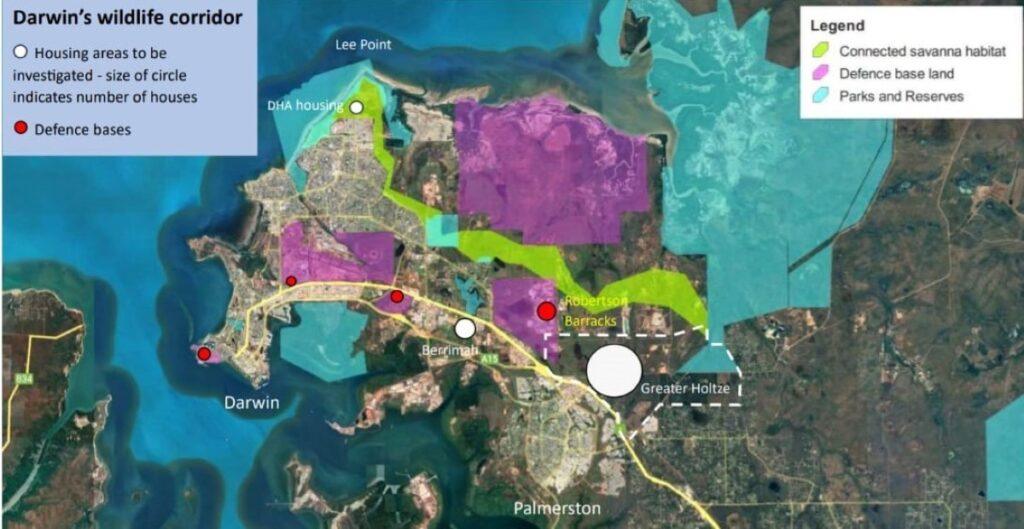
Fig 3. Map showing Darwin Wildlife Corridor (in green).
Unanswered questions – Where are the independent reports that justify having DHA housing at Lee Point over other locations?
Why is DHA/Govt threatening endangered species at Lee Point when they could be building houses elsewhere?
One of the endangered species under threat by DHA/Govt is the Black-footed tree-rat.
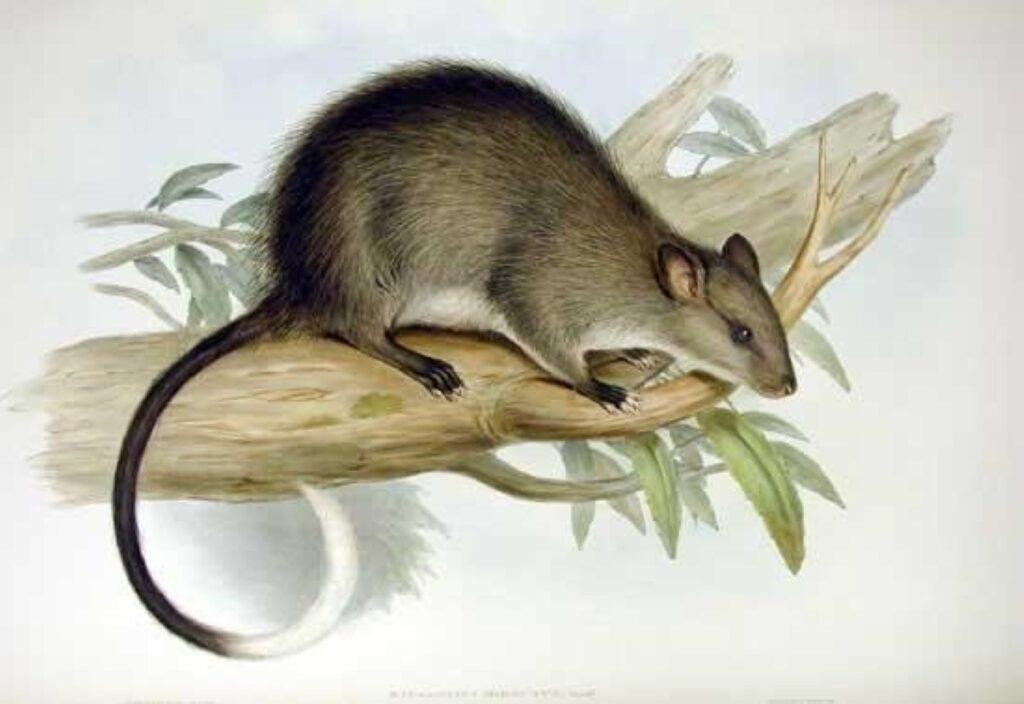
Fig 4. Black-footed tree-rat, illustration by John Gould (1804-1881) – source Wikipedia.
3.0 Art and planning
Lee Point/BInybara Art – Ellyane Wall is having a solo exhibition entitled “Binybara Bear Witness” at Untitled Gallery – 85 Dickward Drive, Coconut Grove from 4-26 April.

Fig 5. Flyer for the art exhibition
BioBlitz – Knowing whats out there helps plan for the future.
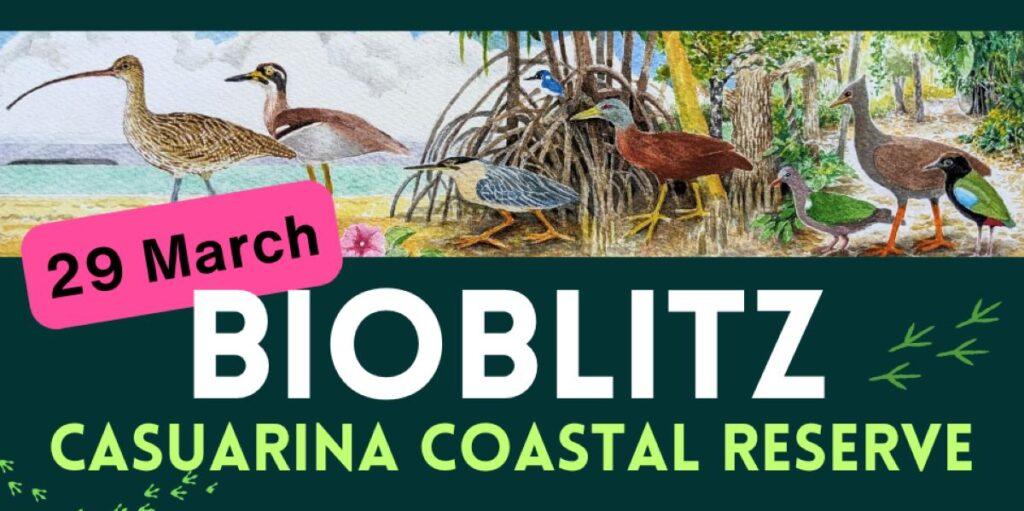
Fig 6. Flyer for the Bioblitz
Become a citizen scientist for a day and join scientists and naturalists surveying the biodiversity of Casuarina Coastal Reserve – refer Bioblitz CCR event 2025
Urban Planning
Who do you call when there are problems in your neighbourhood?
PLan !!!
PLan (Planning Action Network) have been consulting with the community and calling out poor urban planning for close on 30 years. Some recent campaigns include RSL on the Esplanade, Heritage Esplanade value, Little Mindil development, Lee Point development, Darwin Civic Centre Redevelopment – 21 Storeys.
PLan was defunded by the NT Government this month (after nearly 30 years). They are currently restructuring and raising funds to continue.
Please consider donating to PLan here
4.0 Quiz
Q1. This raptor mainly hunts birds but will also take small animals. It is sometimes seen around Lee Point and Darwin. What is its name?
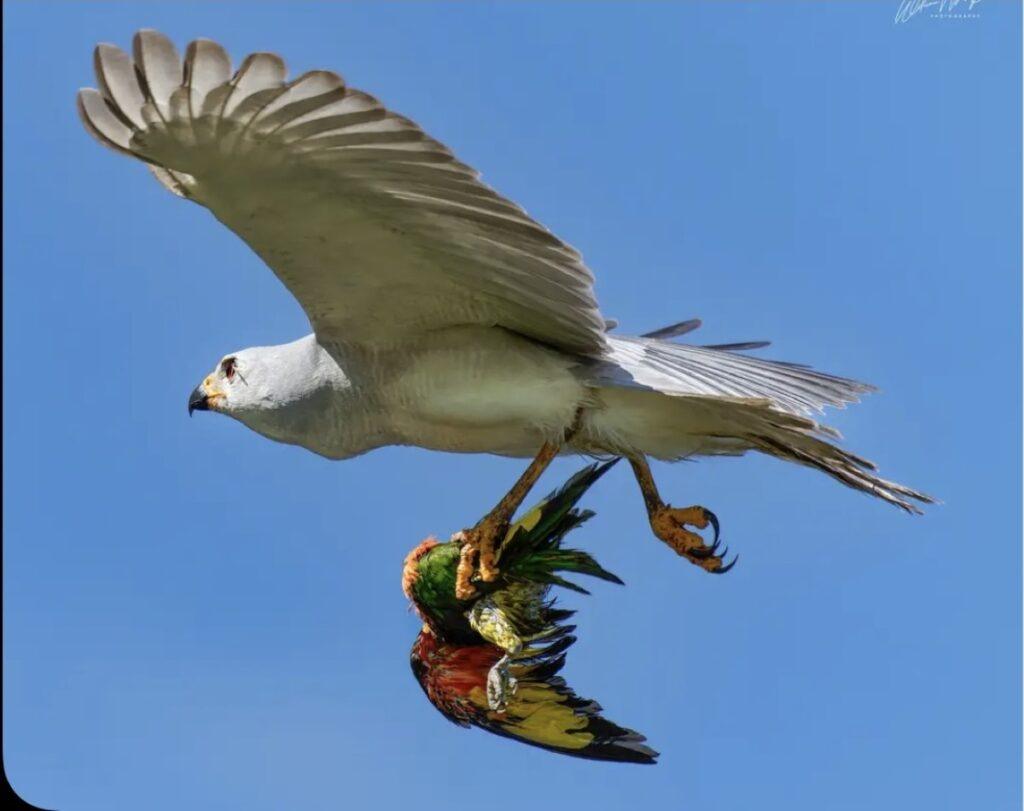
Fig 7. Raptor with Lorikeet – photo by William Nguyen-Phuoc, 22 Feb at Lee Point.
5.0 Plants and Wildlife
The wet season brings lots of interesting plants, animals, and fungi to Lee Point.
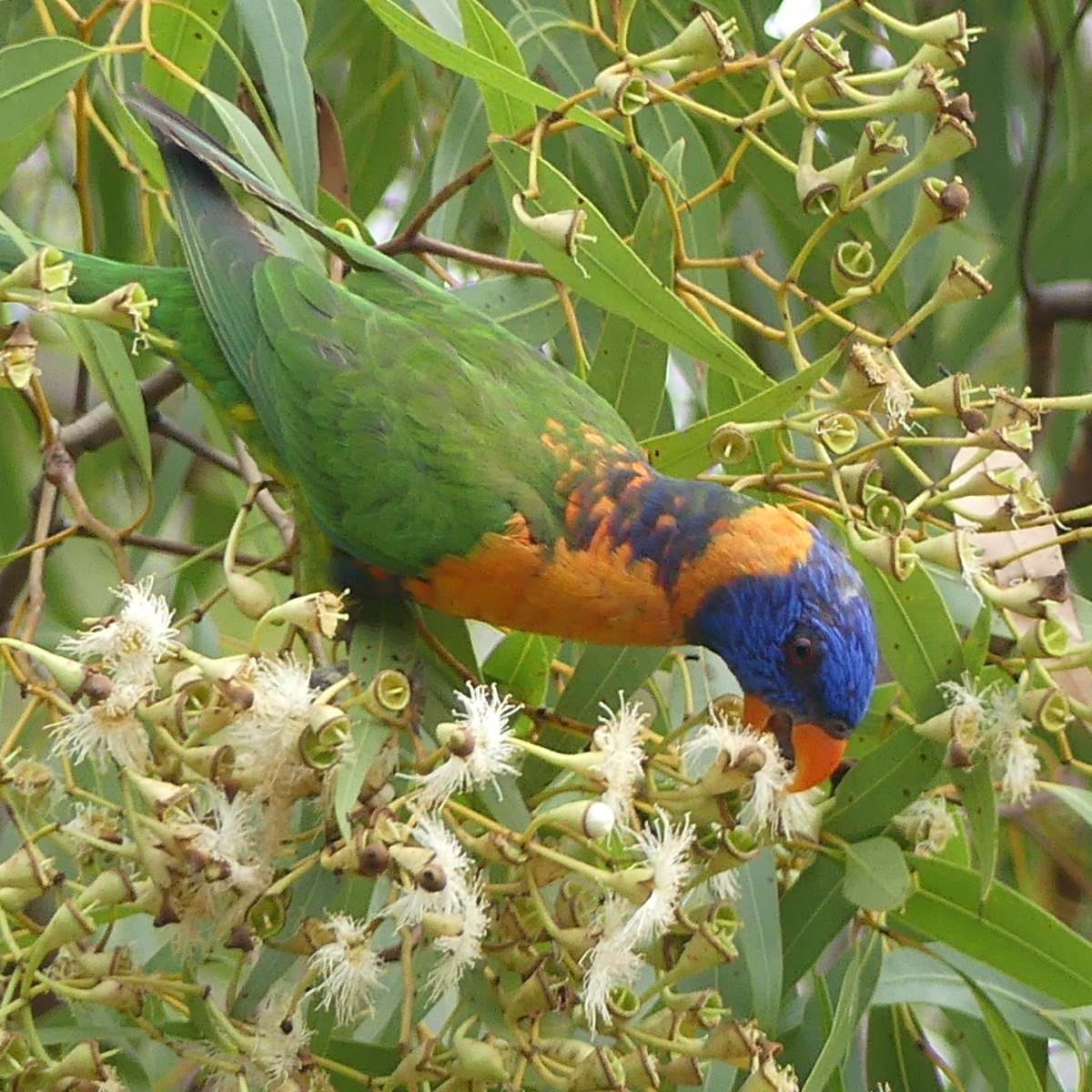
Fig 8. Red-collared Lorikeet on a flowering bloodwood tree.
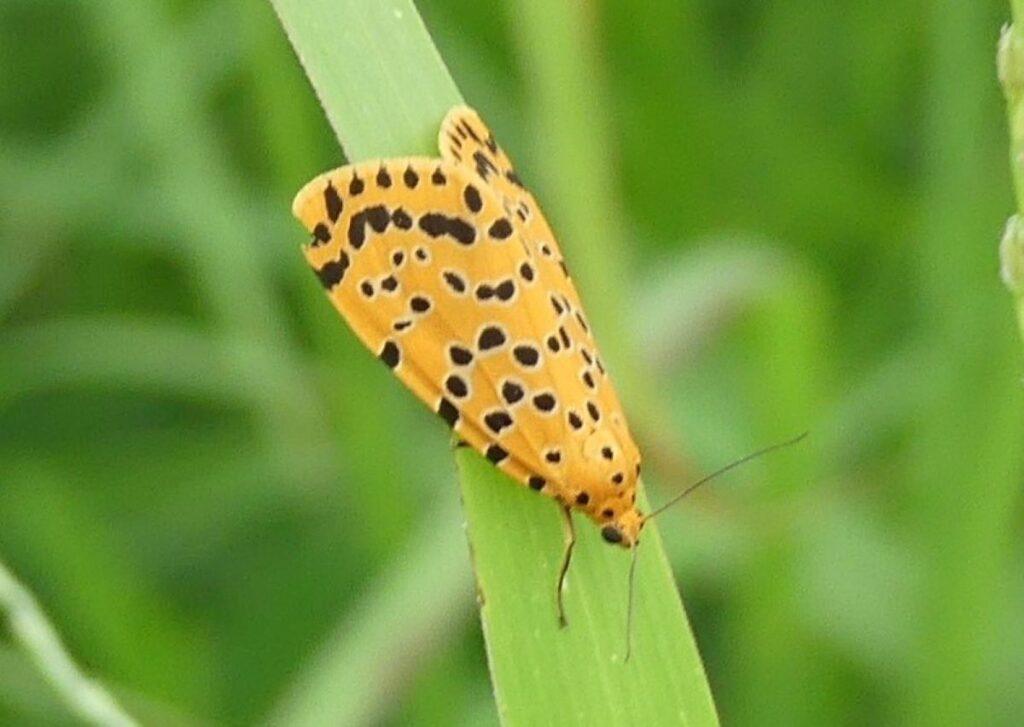
Fig 9. Crotalaria Podborer Moth (Argina spp.)
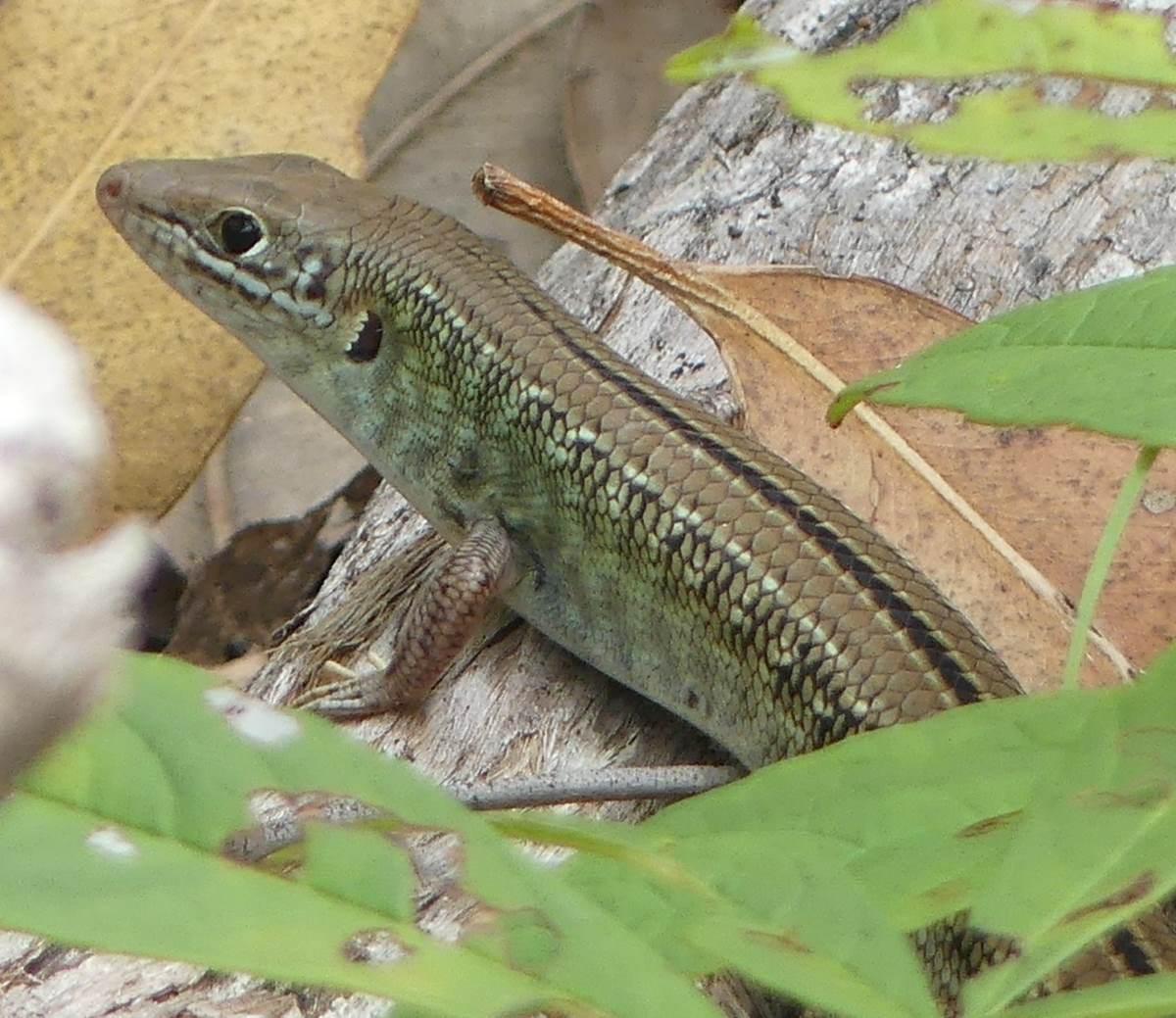
Fig 10. Striped Skink (Ctenotus spp.)

Fig 11. Scarlet Bloodroot (Haemodorum coccineum)
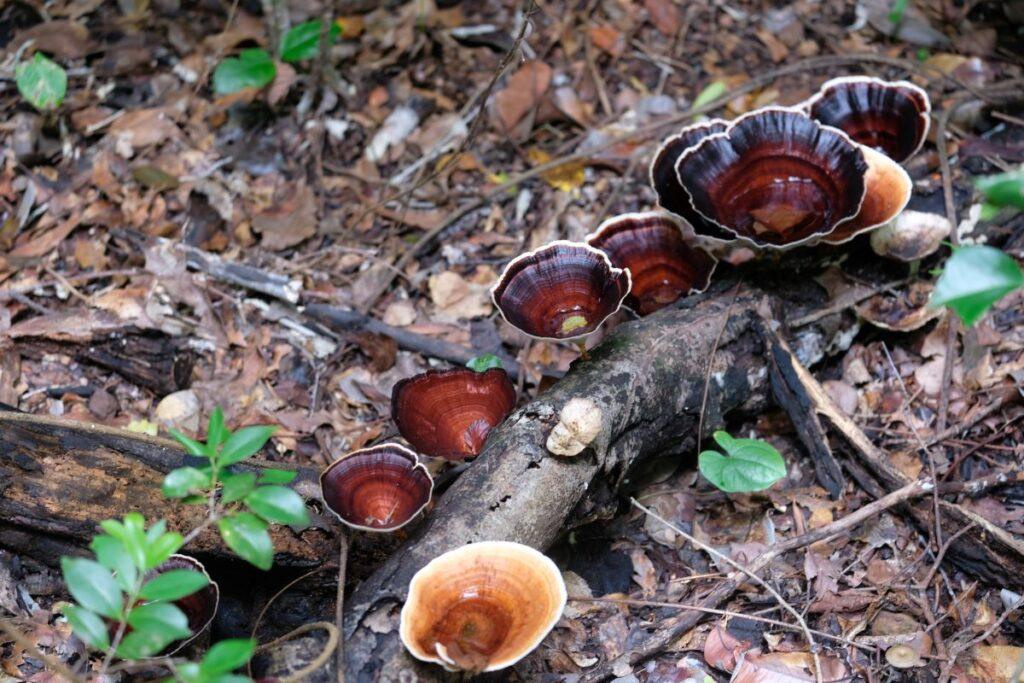
Fig 12. Fungi fruiting in a monsoon vine forest.
Without fungi recycling organic matter there would be no native forests.
Wilderness Walks
Wilderness Walks record between 25 to 50 bird species(depends on time of year), refer ebird for latest sightings. Please check Friends of Lee Point Facebook for times.
Enjoy the monsoon